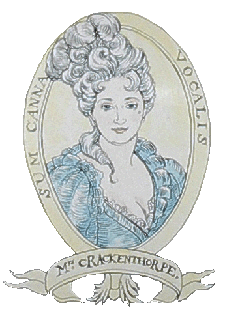
|
Themes. I n July of 1709, the first issue of the Female Tatler descended onto the world. Although a product of literary culture, written to be sold, it loudly and frequently proclaims its edifying purposes. The authors of the Female Tatler expose such vices as pride in one's appearance. Ostensibly a tool of social control and social improvement, the periodical's ideal is a society of politeness, sensibility, and taste achieved through such attributes as decorous behavior and the art of conversation. It evinces a deep-seated anxiety about a changing society-a society in which money and, by extension, commodities, proliferate and in which those with such newly acquired material goods "take airs" or masquerade in their attempts to move across class boundaries. Although unsparing in its ridicule of affectation across all classes and types, the Female Tatler nonetheless strikes the modern reader as profoundly conservative.Yet its discussion of women is in some ways quite "modern" to twenty-first-century readers. Although it advocates the strict delineation of gender roles, the Female Tatler (especially under the Society of Ladies) also campaigns for women as intelligent beings who are denied the education necessary to succeed as productive members of society and as fit helpmeets for their husbands. Women are fully capable but fathers and husbands often deny that capacity. Despite the serious issues with which it engages, the Female Tatler is almost embarrassingly entertaining. Sharp, witty, and engaging, all of the authors are storytellers at heart. They may expose the ills of their world but they do so with style. All spelling and punctuation have been modernized in our quotations from the original issues of the Female Tatler. Men's Beauty and Fashionability
|
Main Page ™ Eighteenth-Century England Home ™ Bibliography ™ Source Notes ™ Credits